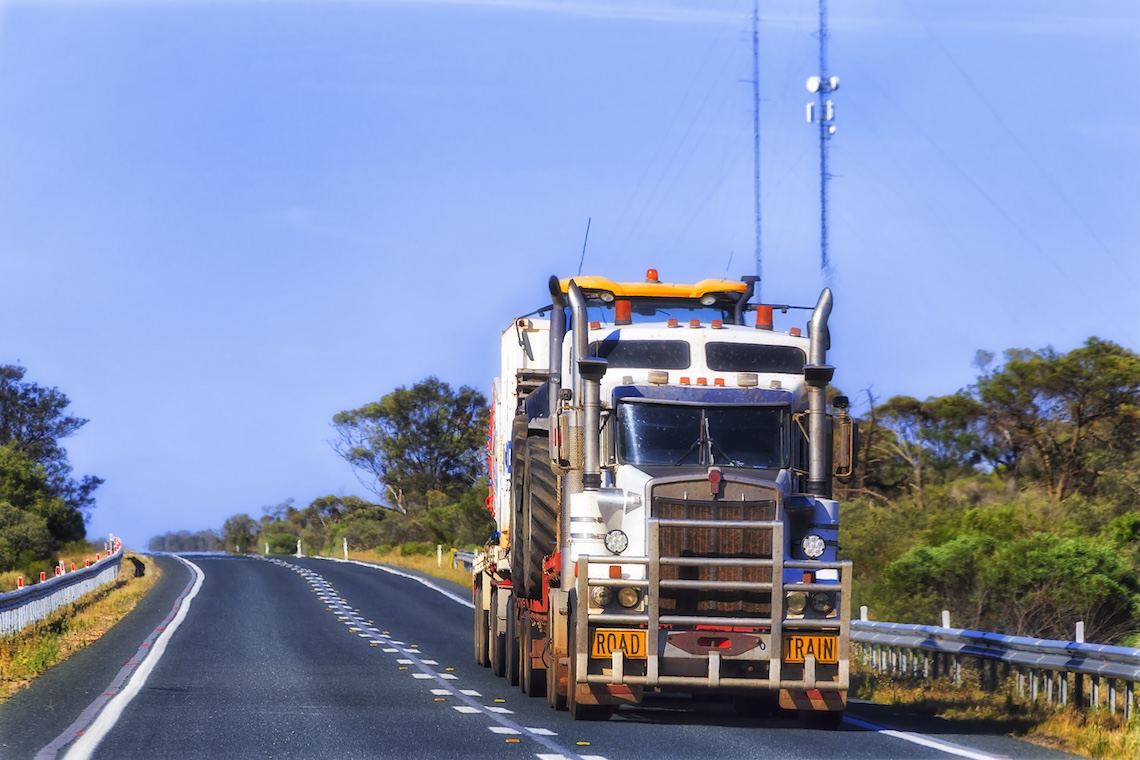The Victorian sentencing of a trucking scheduler, following an incident which tragically resulted in the death of four Police Officers, highlights the responsibilities under the Heavy Vehicle National Law on those performing supervisory and scheduling roles.
The prosecution provided evidence that the scheduler / supervisor was warned that the driver was not in the right mental or physical state to drive a truck, but this warning was not heeded, with tragic results. This is a timely reminder that everyone working in the supply chain for the transporting of goods via Heavy Vehicles (for vehicles with GVM greater than 4.5 Tonnes) has a responsibility under the Heavy Vehicle National Law (HVNL) and its supporting state-based legislation.
The Heavy Vehicle National Law (HVNL) came into play throughout most of Australia around 10 years ago, imposing a framework of duties/responsibilities on all parties within the supply chain from the raw producer of goods through to the end user. The responsibilities are structured around which role(s) you fulfill in the supply chain, and recognise that a single person may fulfil a range of roles including consignor, packer, loader, driver/operator, unloader, and scheduler. Each of the roles has an ability to influence the Supply Chain, and some overlap with the common goal of ensuring the safe use of the road when transporting goods.
The primary duty of the HVNL mirrors the approach from the WHS laws, with the requirement for each role to manage the risks associated with their transportation activities. In other words, it is no longer just the driver carrying the responsibility for the safe transporting of goods via heavy vehicles.
There is still work to be done to address these requirements, as reflected within the Australian Government’s annual Road Trauma Involving Heavy Vehicles Report. The 2023 Report details that there are still high numbers of accidents involving heavy vehicles on Australian roads – representing 17% of all road fatalities (equating to 764 hospitalisations). These statistics have remained fairly consistent since the introduction of the HVNL, so there is still much to do to implement a supporting and robust risk management program around organisations’ heavy vehicle and transportation activities, regardless of where you sit within the Chain of Responsibility.
Please contact QRMC for more information or assistance.











